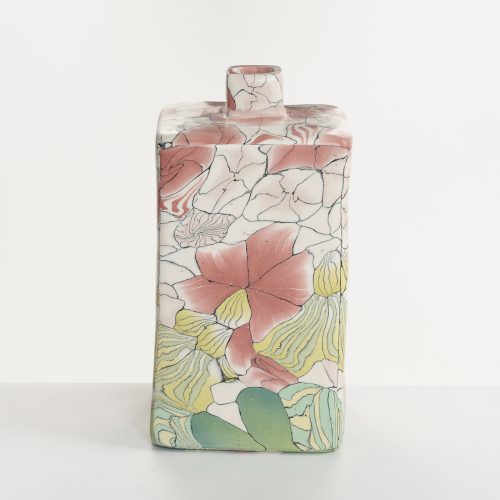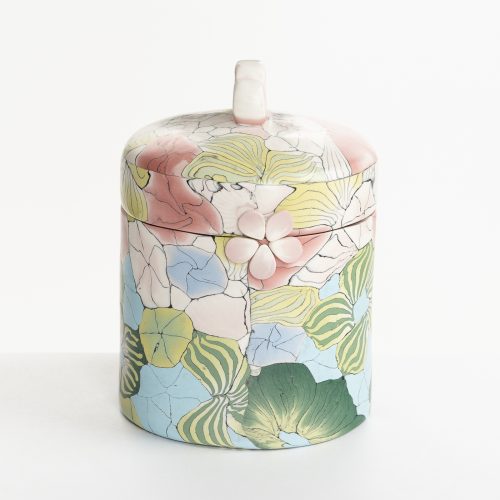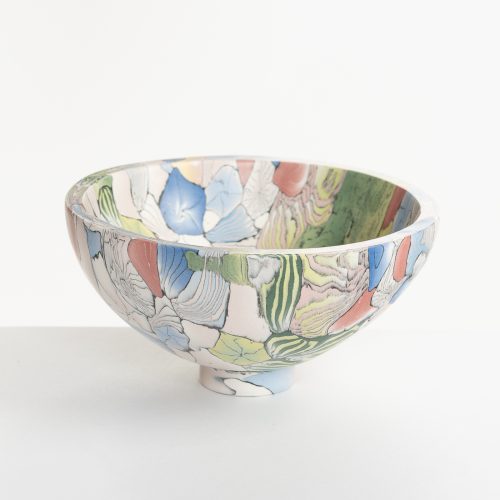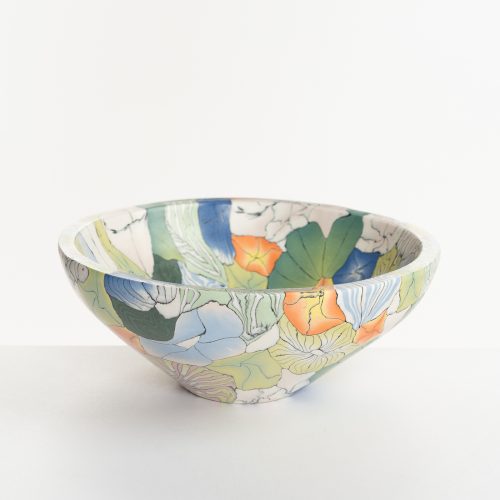We use cookies to help you navigate efficiently and perform certain functions. You will find detailed information about all cookies under each consent category below.
The cookies that are categorized as "Necessary" are stored on your browser as they are essential for enabling the basic functionalities of the site. ...
Necessary cookies are required to enable the basic features of this site, such as providing secure log-in or adjusting your consent preferences. These cookies do not store any personally identifiable data.
Functional cookies help perform certain functionalities like sharing the content of the website on social media platforms, collecting feedback, and other third-party features.
Analytical cookies are used to understand how visitors interact with the website. These cookies help provide information on metrics such as the number of visitors, bounce rate, traffic source, etc.
Performance cookies are used to understand and analyze the key performance indexes of the website which helps in delivering a better user experience for the visitors.
Advertisement cookies are used to provide visitors with customized advertisements based on the pages you visited previously and to analyze the effectiveness of the ad campaigns.
After a long and varied career in design and printing, Judy changed direction and followed her passion for ceramics. At the age of sixty she enrolled for a 3D Craft and Design BA at a local college and graduated with a 1st Class (Hons). Judy went on to gain an MA at the Royal College of Art, specialising in Nerikomi and Kintsugi.
Whilst at the RCA she was invited to travel to China to exhibit her work. She was awarded a commission by ROSL to create a presentation plaque for a prize-winning musician.
Nerikomi is an ancient Japanese technique and a time-consuming process to master. There are endless possibilities for creating new patterns, colour combinations and forms. Every element is worked by hand, from colouring the porcelain with stains and oxides, to forming patterns and creating designs. Patterns are embedded within the porcelain from which a form can be manipulated.
A design can be imposed, but the clay will distort and twist, giving rise to its own voice, creating its own unique patterns. After the building and firing of each piece comes the meditative process of polishing. No glaze is used, but each piece is polished to create a tactile, silky surface.

PRODUCT CODE:JM570Y1

PRODUCT CODE:JM570Y2

PRODUCT CODE:JM570Y5

PRODUCT CODE:JM570Y3